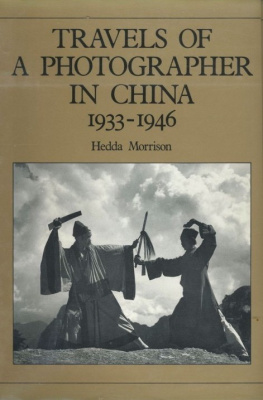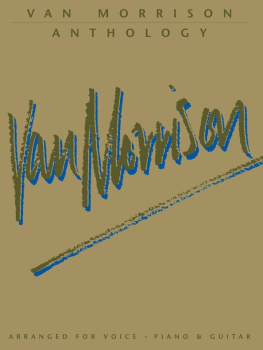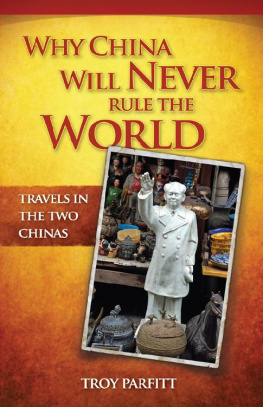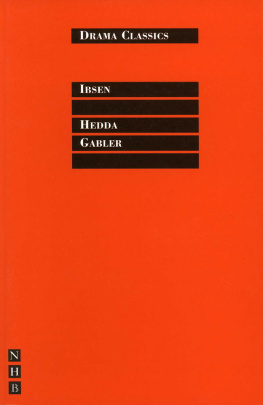Hedda Morrison - Travels of a photographer in China, 1933-1946
Here you can read online Hedda Morrison - Travels of a photographer in China, 1933-1946 full text of the book (entire story) in english for free. Download pdf and epub, get meaning, cover and reviews about this ebook. genre: Non-fiction. Description of the work, (preface) as well as reviews are available. Best literature library LitArk.com created for fans of good reading and offers a wide selection of genres:
Romance novel
Science fiction
Adventure
Detective
Science
History
Home and family
Prose
Art
Politics
Computer
Non-fiction
Religion
Business
Children
Humor
Choose a favorite category and find really read worthwhile books. Enjoy immersion in the world of imagination, feel the emotions of the characters or learn something new for yourself, make an fascinating discovery.
- Book:Travels of a photographer in China, 1933-1946
- Author:
- Genre:
- Rating:5 / 5
- Favourites:Add to favourites
- Your mark:
- 100
- 1
- 2
- 3
- 4
- 5
Travels of a photographer in China, 1933-1946: summary, description and annotation
We offer to read an annotation, description, summary or preface (depends on what the author of the book "Travels of a photographer in China, 1933-1946" wrote himself). If you haven't found the necessary information about the book — write in the comments, we will try to find it.
Travels of a photographer in China, 1933-1946 — read online for free the complete book (whole text) full work
Below is the text of the book, divided by pages. System saving the place of the last page read, allows you to conveniently read the book "Travels of a photographer in China, 1933-1946" online for free, without having to search again every time where you left off. Put a bookmark, and you can go to the page where you finished reading at any time.
Font size:
Interval:
Bookmark:


TRAVELS OF A PHOTOGRAPHER IN CHINA
1933-1946
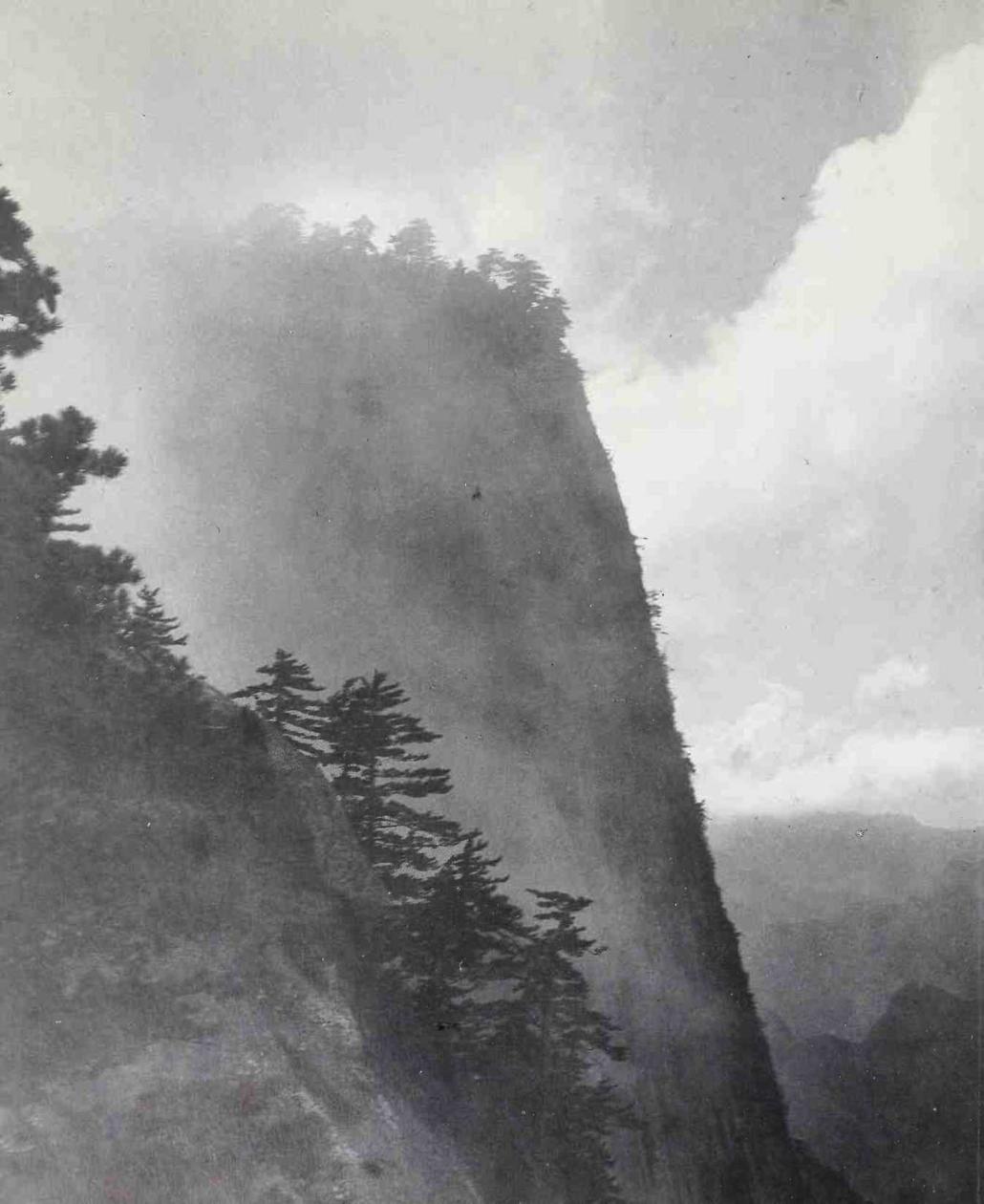
TRAVELS OF
A PHOTOGRAPHER
IN CHINA
1933-1946
Hedda Morrison
HONG KONGOXFORDNEW YORK
OXFORD UNIVERSITY PRESS
1987
Oxford University Press
OxfordNew YorkToronto
Petaling JayaSingaporeHong KongTokyo
DelhiBombayCalcuttaMadrasKarachi
NairobiDar es SalaamCape Town
MelbourneAuckland
and associated companies in
BeirutBerlinIbadanNicosia
Photographs Hedda Momson 1987
Text Oxford University Press 1987
First published 1987
First published in the
United States by Oxford
University Press, Inc., New York
All rights reserved.
OXFORD is a trade mark of Oxford University Press
British Library Cataloguing in Publication Data Morrison, Hedda
Travels of a photographer in China, 19331946.
1. ChinaDescription and travel19011948
I. Title
915.1`0442DS710
ISBN 0-19-584098-4
ISBN 0-19-584177-8 Pbk
Library of Congress Cataloging-in-Publication Data Morrison, Hedda.
Travels of a photographer in China, 19331946. Bibliography: p.
1. ChinaDescription and travel19011948Views.
I. Title.
DS710.M4951987915.1'044287-7648
ISBN 0-19-584098-4
ISBN 0-19-584177-8 (pbk.)
Printed in Hong Kong by Golden Cup Printing Co. Ltd.
Published by Oxford University Press, Warwick House, Hong Kong
The kind reception that has been accorded my book on old Peking (A Photographer in Old Peking, has prompted me to put together a collection of some 1985) additional photographs taken outside the confines of the city during my stay in China between 1933 and 1946. Before the Japanese invasion in 1937 travel could easily be undertaken. It was possible to travel simply and at low cost: you could go where you pleased and as you pleased. Even so I was not able to travel nearly as much as I would have liked. I had a six-day working week and few holidays, and no experience of China to guide me when I first arrived. After 1937 movement was greatly restricted by the Japanese invasion and occupation. I hope, nevertheless, that my photographs may prove of interest to those who did not have the opportunity to see something of the China that existed before the great changes that have occurred since 1949.
For anyone who was reasonably adaptable travel in China in the 1930s presented few problems. The road system was limited but reliable train services existed and provided access to take-off points for explorations further afield. Third-class travel was very cheap though liable to be rather crowded. There was always food to be had at railway stops, while plentiful supplies of tea provided safe drinking. Fellow travellers were friendly and obliging.
Arrived at your railway destination you walked or hired donkeys or a rickshaw. In the countryside accommodation was widely available in temples; even quite small villages had their own temple. Often it would be sited picturesquely in a grove of trees. Temples acted as resthouses and you could usually obtain the use of a room in which to unroll your sleeping bag. The Christian missionaries were also kind to travellers. Many of them had long been resident in the area where they worked and were well informed about its antiquities and the life of the people. Security was generally of a high order. If an area was subject to banditry the fact was generally well known, but in north China at any rate the then Kuomintang government had by the early thirties imposed a degree of law and order.
Yn Kang
My first venture outside the Peking area after my arrival from Germany in the summer of 1933 was to the Yiin Kang caves at Christmas the same year. The caves are in northern Shansi, about 370 kilometres west of Peking and about 15 kilometres from the important provincial centre of Ta Tung. From the late fourth to the mid-sixth century the region was the stronghold of the Wei dynasty of the Toba, a non-Chinese people from the north-west who dominated north China.
Wei power coincided with the growth, and contributed significantly to the flowering, of Buddhism in China, a religion that had been brought overland from India in the first century. The caves, situated in a cliff face, contain innumerable Buddha images and many carvings depicting his life. Unfortunately, during the period of imperial decay in the late Ching dynasty and in the early years after the revolution of 1911 the magnificent carvings were severely damaged by looters. A great many of the statues lack heads, or, to be precise, they lack their original heads, which now repose in foreign museums and art collections. Wind erosion has also caused much damage. Nevertheless, despite the vandalism the caves constitute one of the worlds most impressive displays of Buddhist art and religious fervour.
Northern Shansi in winter is a bitterly cold place and I wished to stay at the caves and not in the town of Ta Tung 15 kilometres away. This was made possible for me by the Chinese Army unit which was then occupying the caves. The soldiers were courteous and helpful though my Chinese at that time was limited. I was allowed to stay in one of the temples by the caves and slept in comfort on a communal kang, the raised brick platform heated by internal ducts running from an external stove which was the common form of winter heating in north China. On my tours through the caves I was always accompanied by three cheerful small boys who found my activities a source of unending interest.
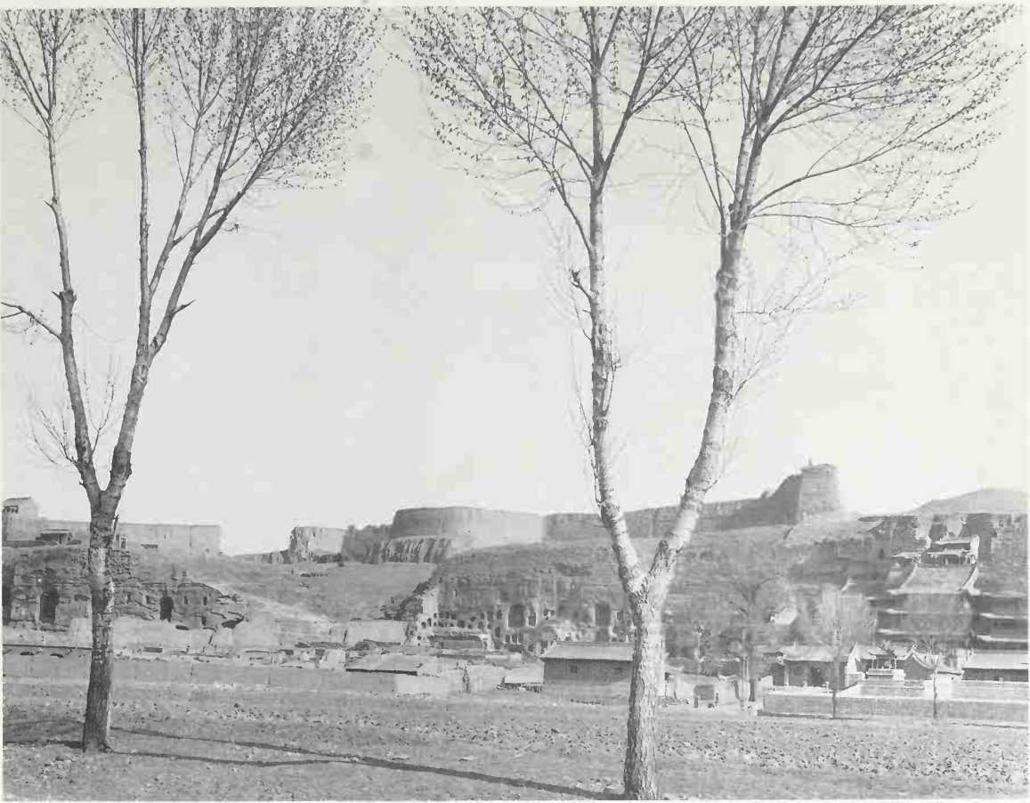
General view of Yun Kang.
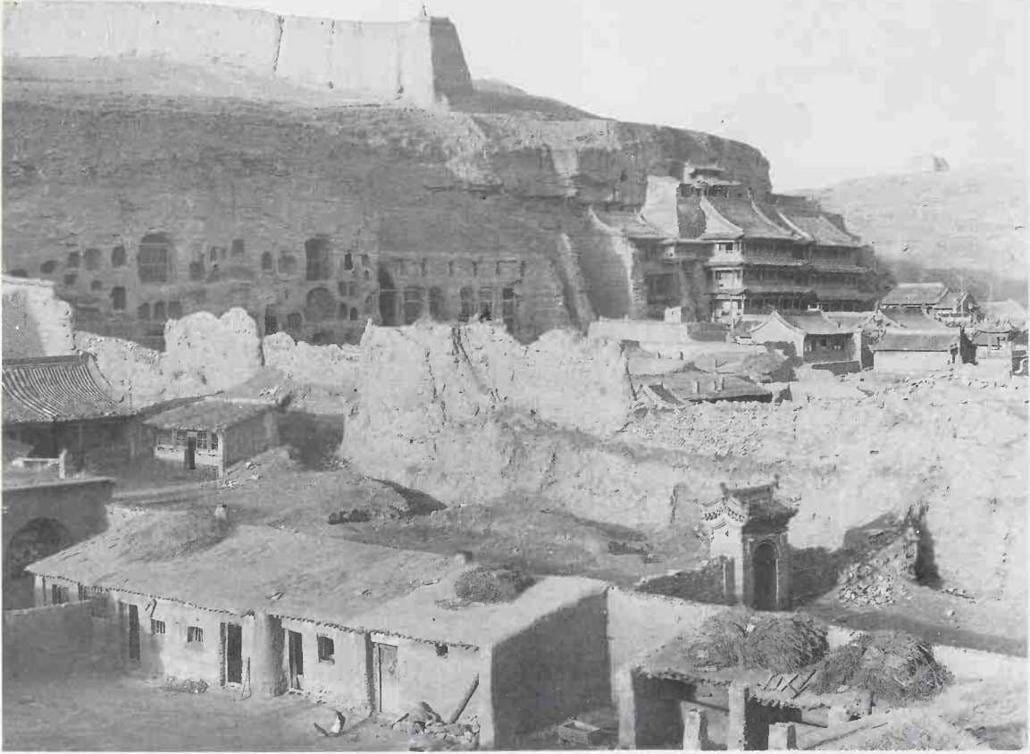
The cliff face housing the caves.
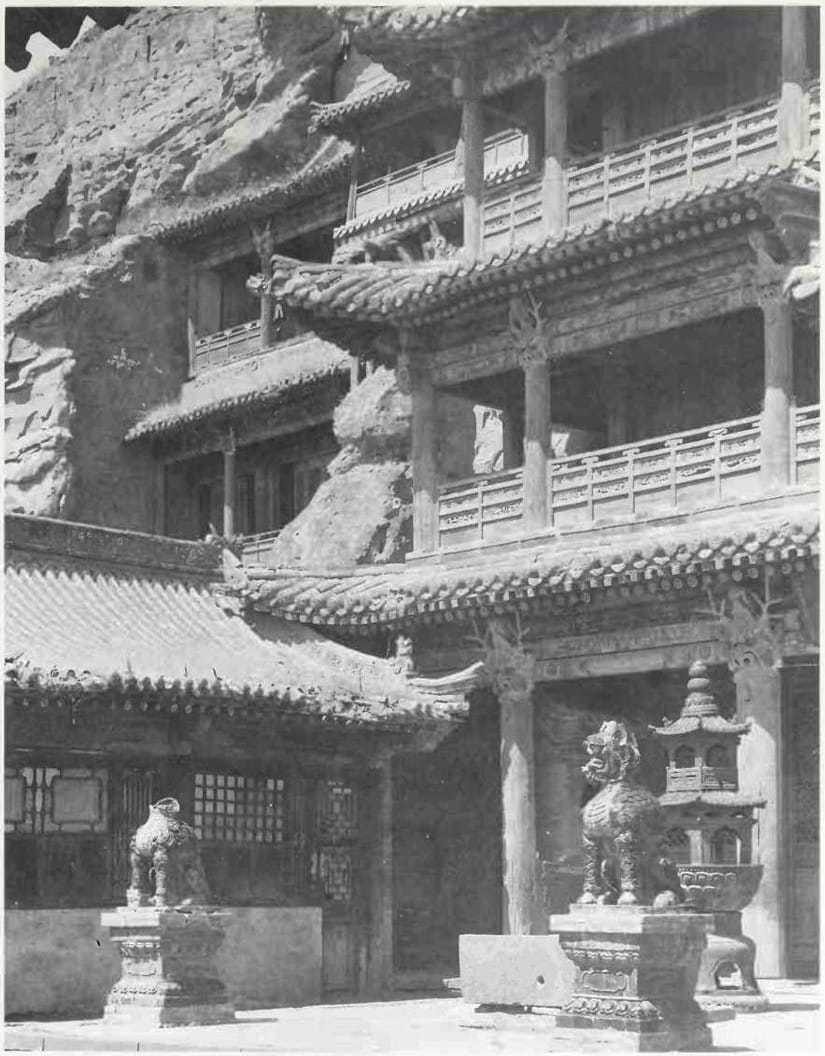
Temple built against the cliff face.
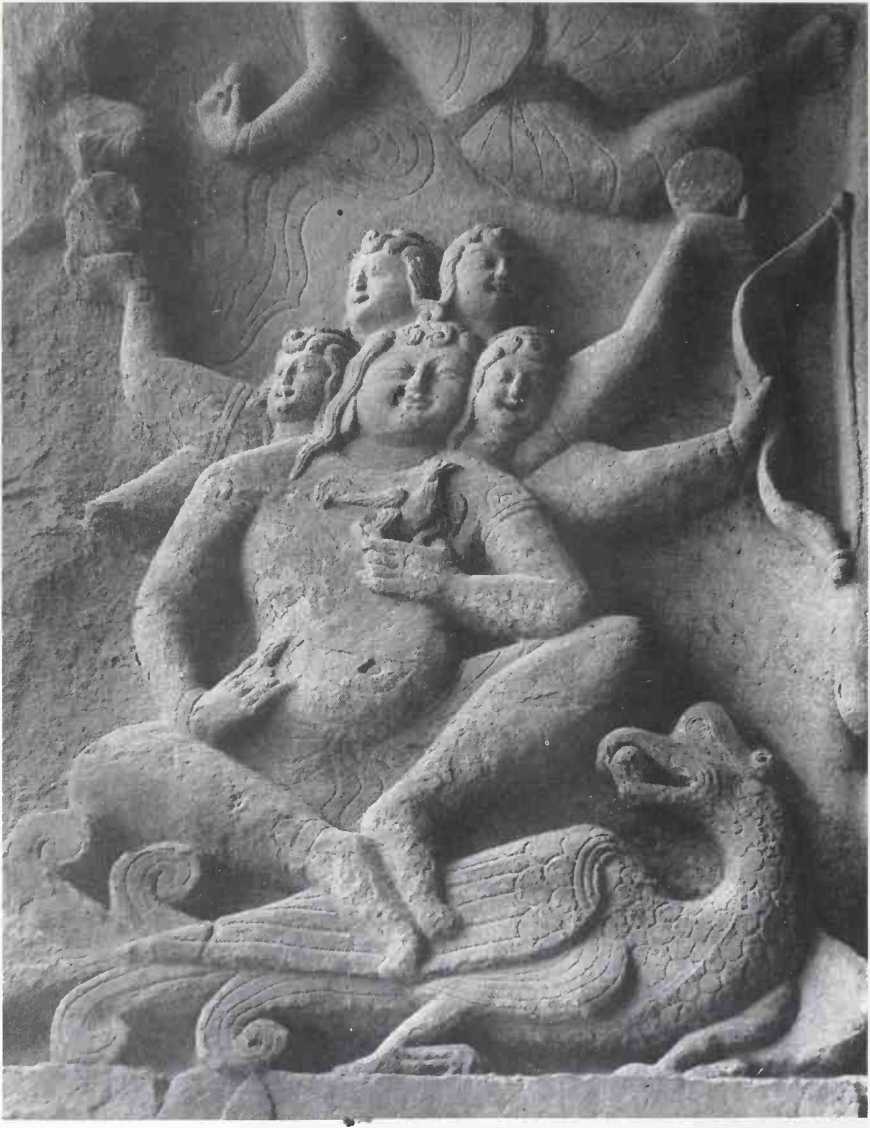
Relief sculpture in the rear chamber of Cave 8.

Relief sculpture in the rear chamber of Cave 8.
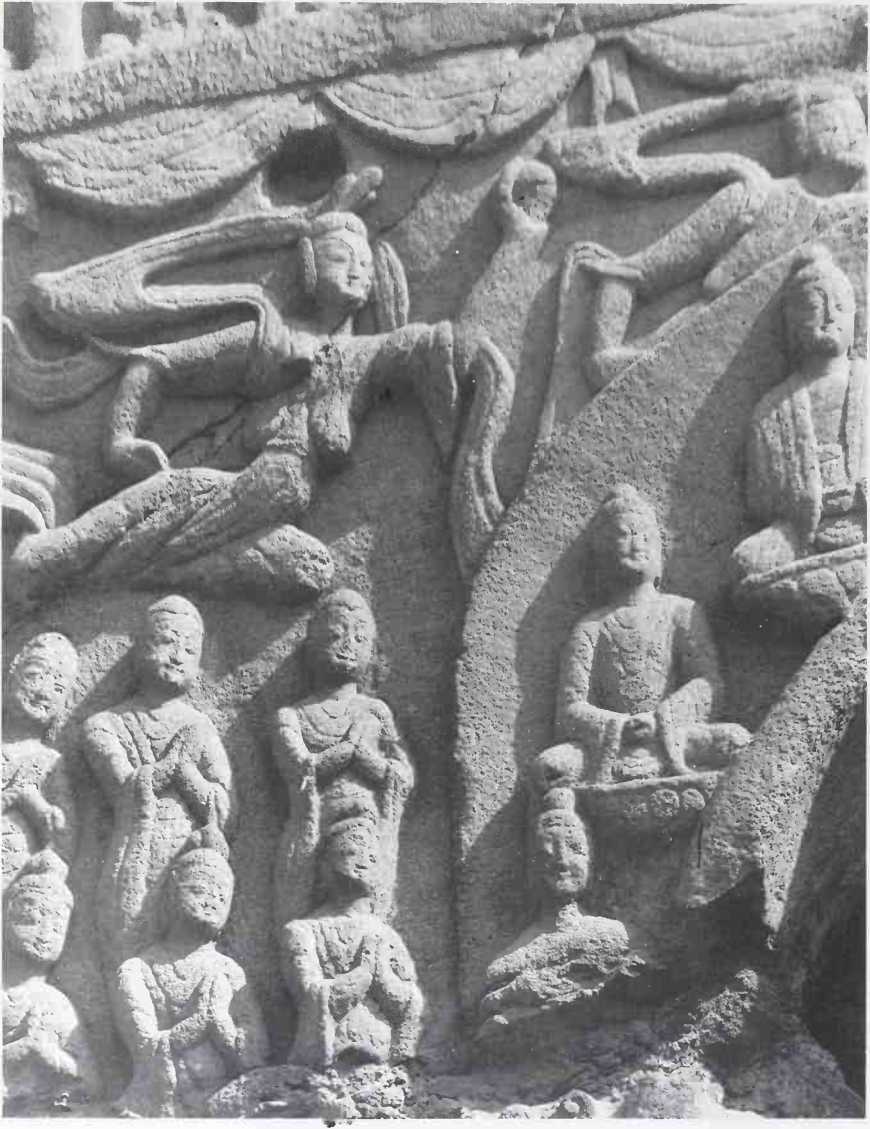
Apsaras and donors on the north wall of Cave 44.
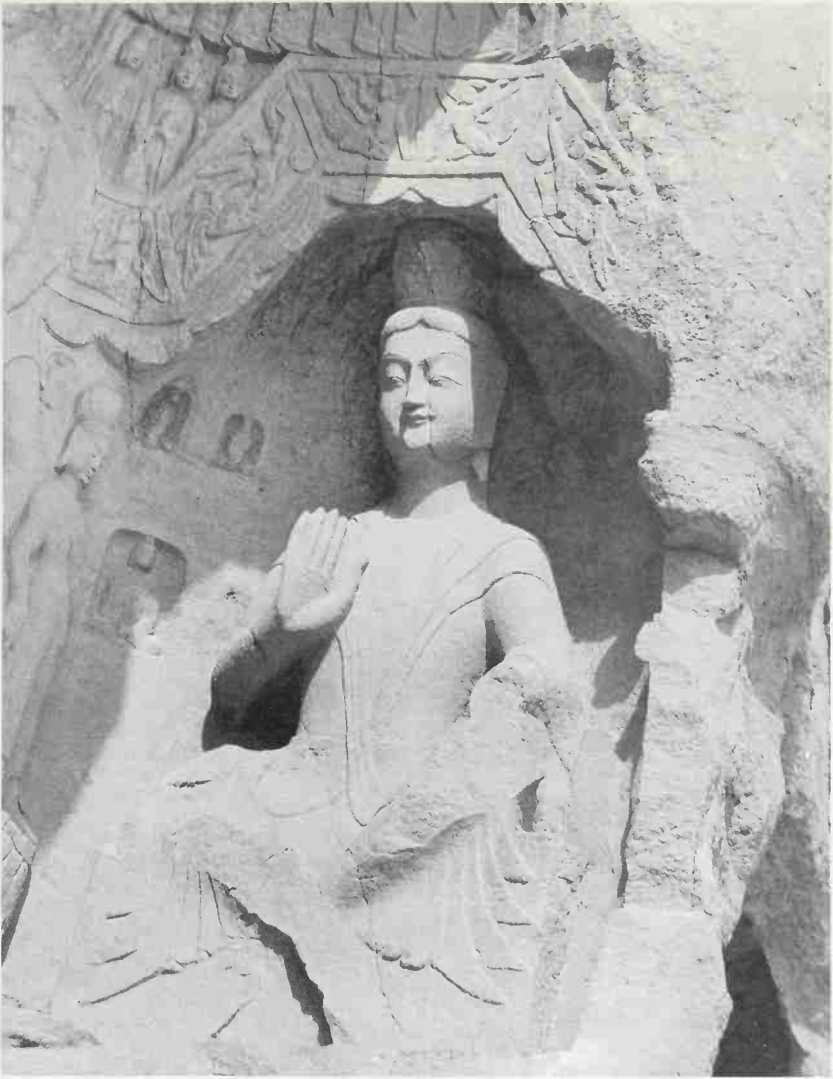
Despite their battered condition, what had survived of the caves and their sculpture conveyed a vivid impression of their original magnificence.
Font size:
Interval:
Bookmark:
Similar books «Travels of a photographer in China, 1933-1946»
Look at similar books to Travels of a photographer in China, 1933-1946. We have selected literature similar in name and meaning in the hope of providing readers with more options to find new, interesting, not yet read works.
Discussion, reviews of the book Travels of a photographer in China, 1933-1946 and just readers' own opinions. Leave your comments, write what you think about the work, its meaning or the main characters. Specify what exactly you liked and what you didn't like, and why you think so.

